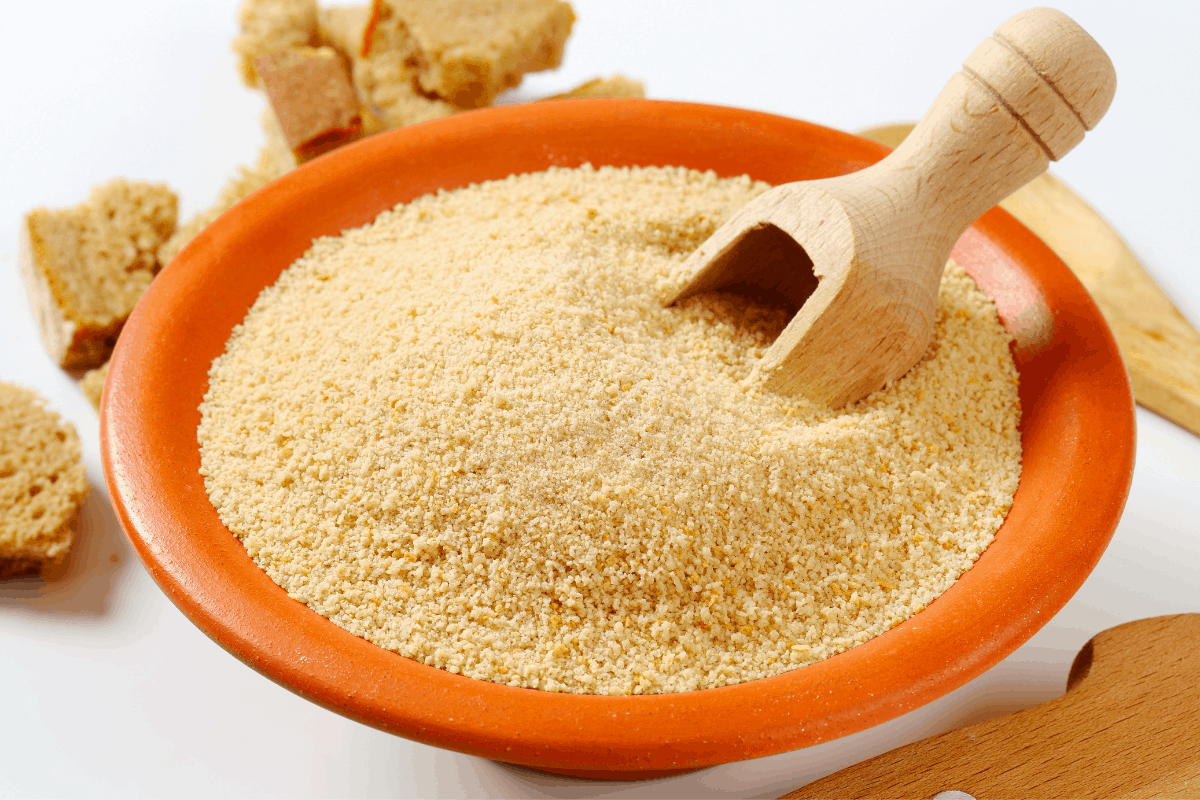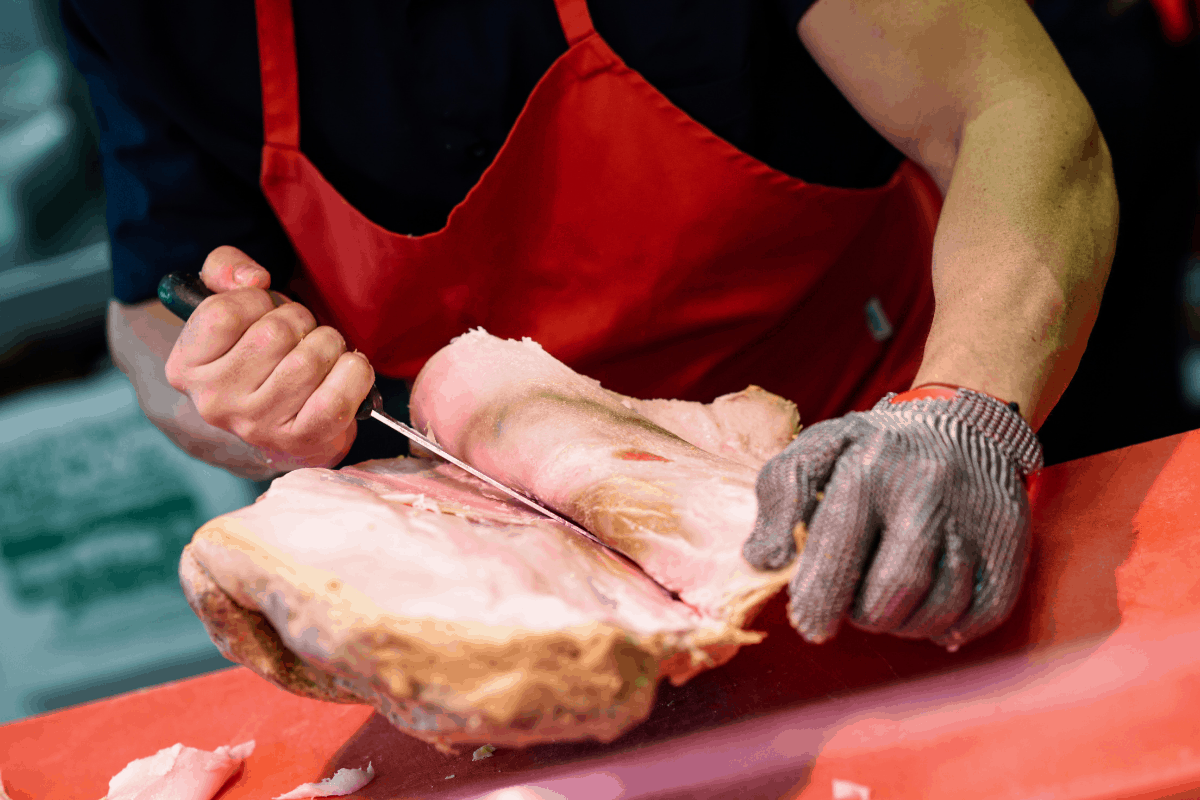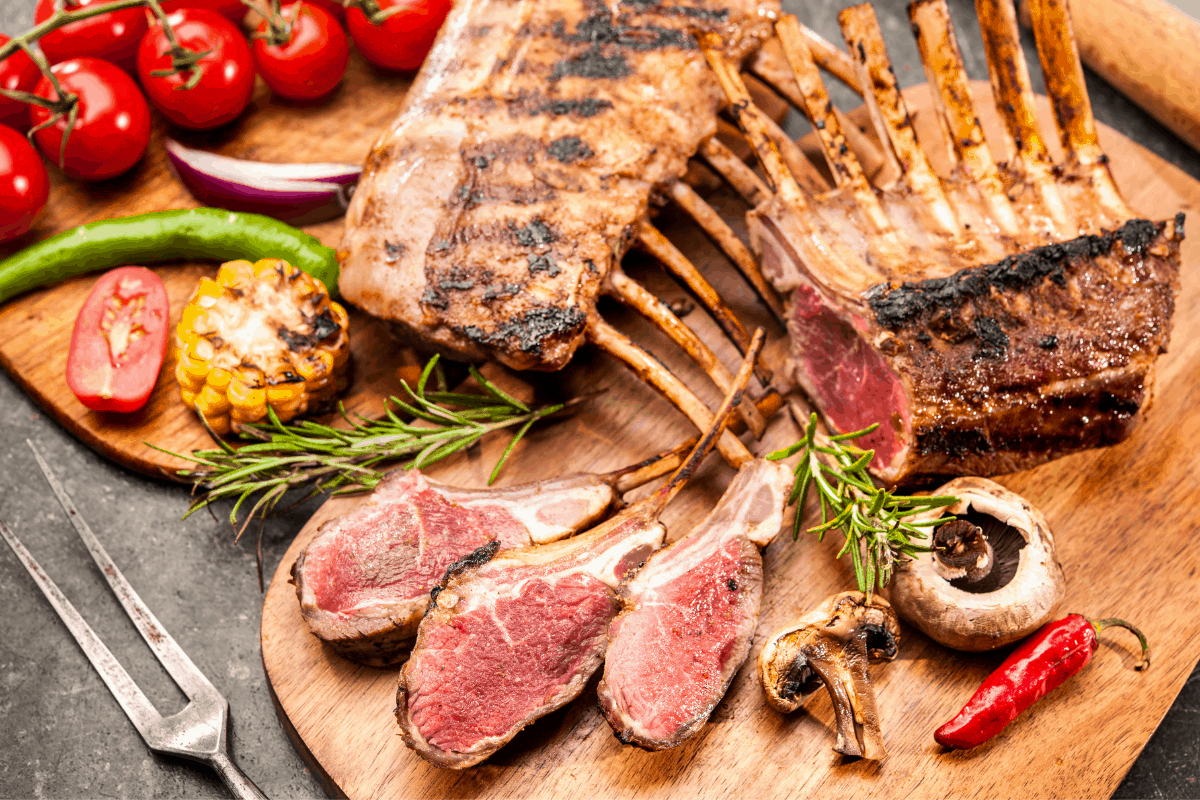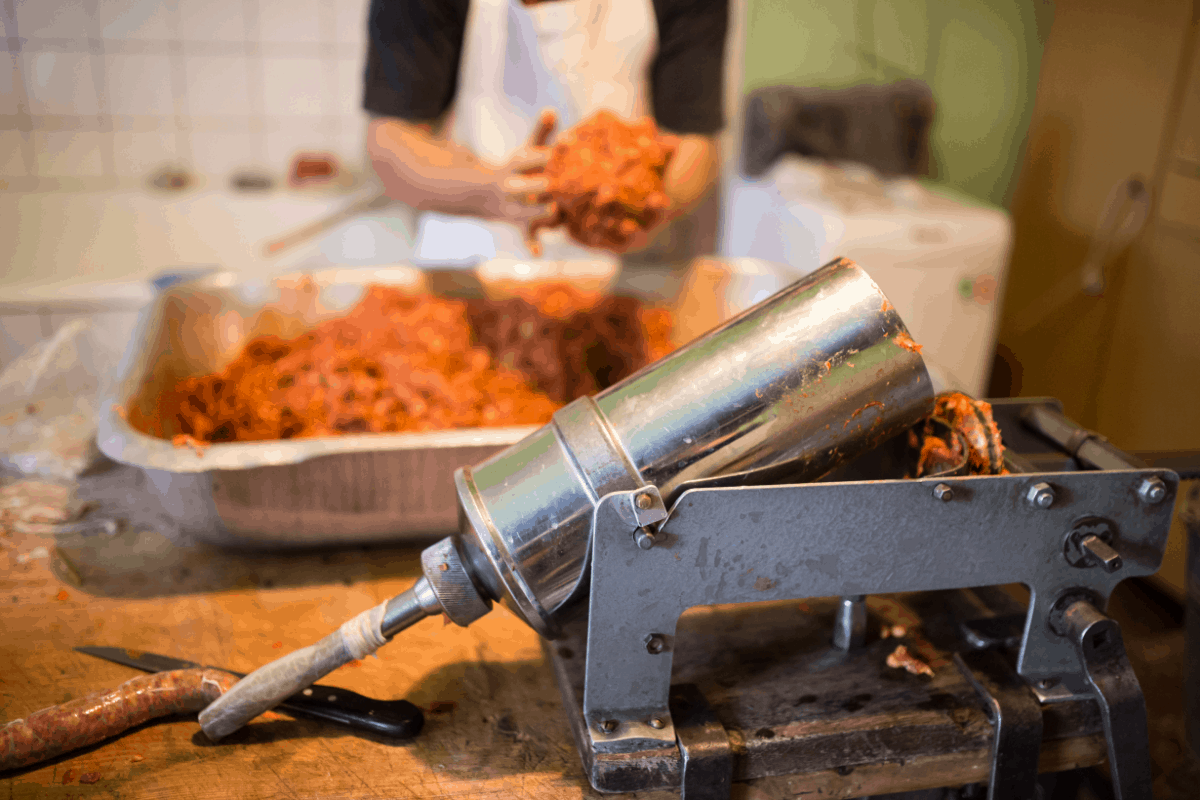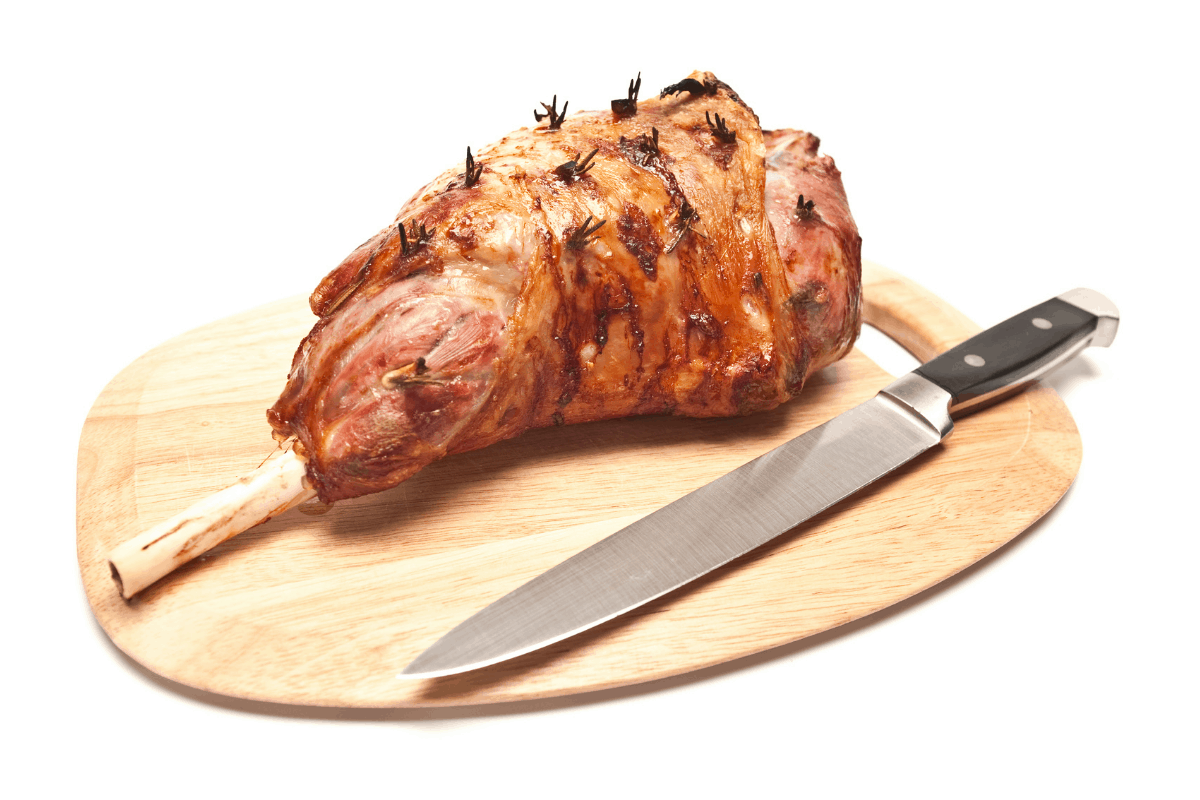If you are a fan of sausages, you have probably thought about having a go at making your own. When researching different recipes, you may have come across many that call for the use of ‘Rusk’, and wondered what it is, and why you need it.
So why is rusk used in homemade sausages? Rusk is a dried cereal based filler that has been ground into a pinhead, medium or course consistency. When added to sausages, the rusk absorbs liquid and binds the meat and fat together. It also holds in the natural juices and flavors during cooking, producing a moist and succulent sausage.
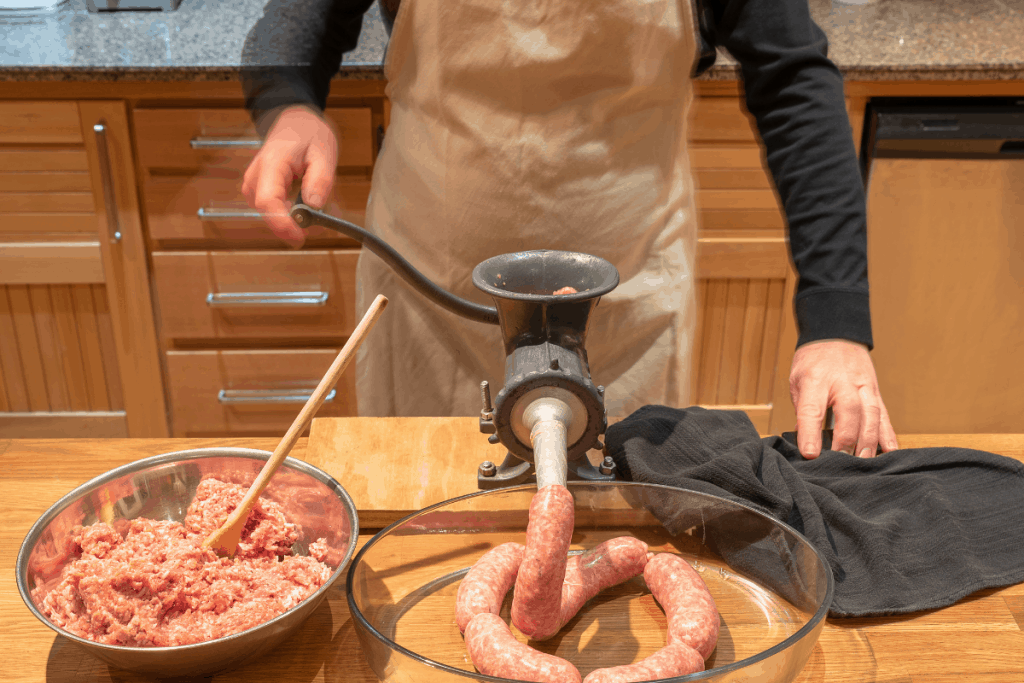
Is Rusk The Same As Breadcrumbs?
Although very similar, unlike most breads, rusk does not contain any yeast.
In the early years of sausage making, normal bread was used as a way of filling out the sausage meat to make it go further, as well as using up the old stale bread so that it did not go to waste.
In some British independent butchers shops, bread is still used in place of rusk, however in most butchers and manufacturing plants, rusk is now the preferred option.
Isn’t Rusk Only Used In Mass Produced ‘Cheap’ Sausages?
Although many mass produced lower quality sausages are known for being all filler and very little meat, using rusk in the correct quantities actually enhances the sausages.
The great thing about making your own homemade sausages is that you have complete control over everything you put into them.
Rusk will usually add up to about 5 – 10% of your ingredients, and so a far cry from being ‘full of filler’.
The Benefits of Adding Rusk To Homemade Sausages
The rusk will absorb much of the liquid that you add, and will bind the fat and meat and flavors together. This process allows the natural juices to remain within the sausage during the cooking process, and results in beautifully juicy and succulent sausages.
The absorption of the liquid is particularly useful when adding something such as beer, cider or other type of flavored liquid to the mix. With the rusk absorbing and holding the flavors, it remains within the sausage and can be tasted, rather than evaporating during the cooking process and disappearing.
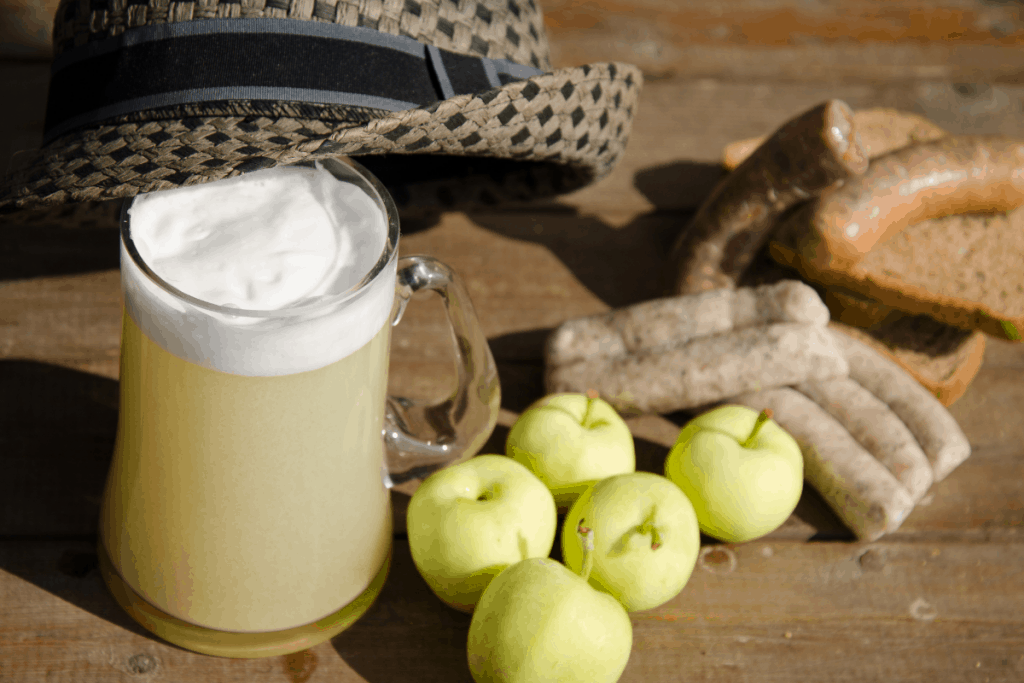
Substitutes For Using Rusk In Homemade Sausages
Although rusk is now available to purchase online, it may not always be an option for you. There are other ingredients that can be used as a substitute for rusk that will also work well.
- Breadcrumbs
- Dry Stuffing Mixes
- Cream Crackers
- Cooked Rice
- Oats/Oatmeal
Now lets look at how these rusk variations work.
Breadcrumbs
As we have already discussed, breadcrumbs can be used in place of rusk, however if the bread has yeast, the shelf life of the sausages will be reduced. It is advised that sausages made with breadcrumbs be used within a day or two, or frozen for future use.
Stuffing Mixes
Bread stuffing mixes are another bread based binder option. Using stuffing allows you to experiment with flavors too as many stuffings have added ingredients, such as sage and onion, that could work well in your recipes. As with the bread, if the stuffing uses yeast, then use or freeze within a few days of production. Also, you want the stuffing to be of breadcrumb consistency and so if it comes as cubes (like croutons!) then you will want to crush or blend the stuffing cubes into a finer crumb.
Cream Crackers
Crushing or blending cream crackers into a crumb mixture can also be used in place of rusk.
Cooked Rice
Cooking some rice and allowing it to cool before grinding it with the meat, is another way of binding your sausagemeat together.
Oats / Oatmeal
Oats and oatmeal are another cereal based option for using in place of rusk. They are cheap and absorb quite a bit of liquid so will help to retain the flavors well.
How To Make Your Own Rusk For Homemade Sausages
If you really want to use rusk in your sausages but don’t have a supplier, then you can easily have a go at making your own version. Here is a simple rusk recipe for you to try.
Rusk Recipe For Homemade Sausage Making
Ingredients:
• 1 lb (450 g) plain/all purpose flour
• A Pinch of Salt
• 5 tspns baking powder
• 6 ½ – 8 ¾ fl oz (185 -250 ml) water
Here is a video produced by a great British butcher called Scott Rea showing exactly how to make his recipe provided above from scratch!
And sticking with Scott (he really is a great butcher!), here he shows you how to use the rusk when making his classic Pork & Leek British Bangers from scratch. You really DO want to try making these if you enjoy making your own sausages!
So Now You See The Benefits of Rusk!
Hopefully after seeing this blog post and watching Scott Rea work his magic, you have been persuaded to give rusk a try in your own home sausage making process.
I really do think that once you get the process down, you won’t want to go back to all meat sausages.
Incidently, of you have been making your own sausages and they haven’t been as succulent as you would like, take a look our other article about homemade sausages : How To Stop Homemade Sausages From Being Dry And Crumbly
